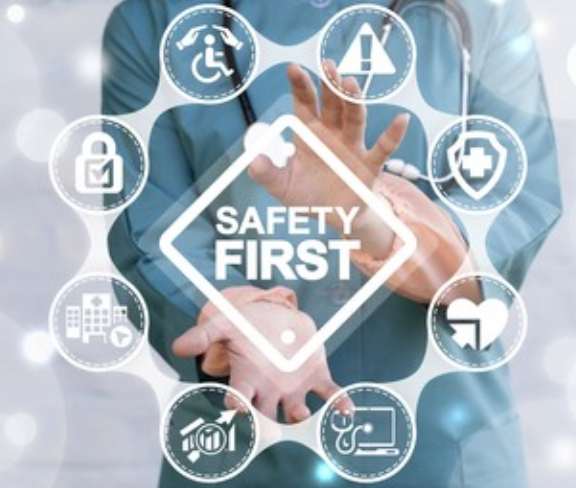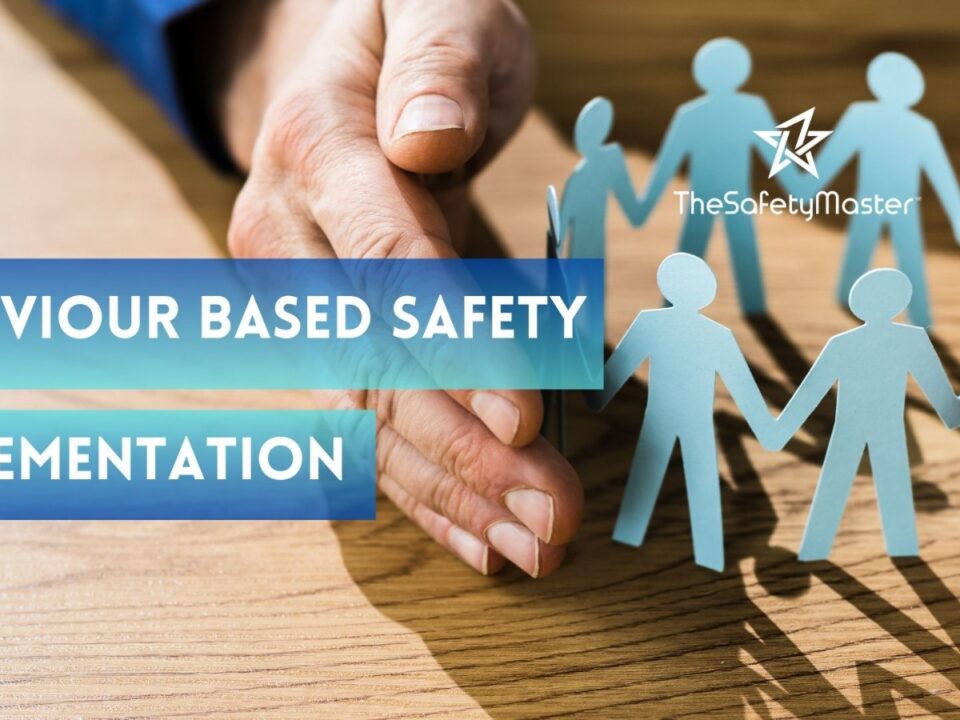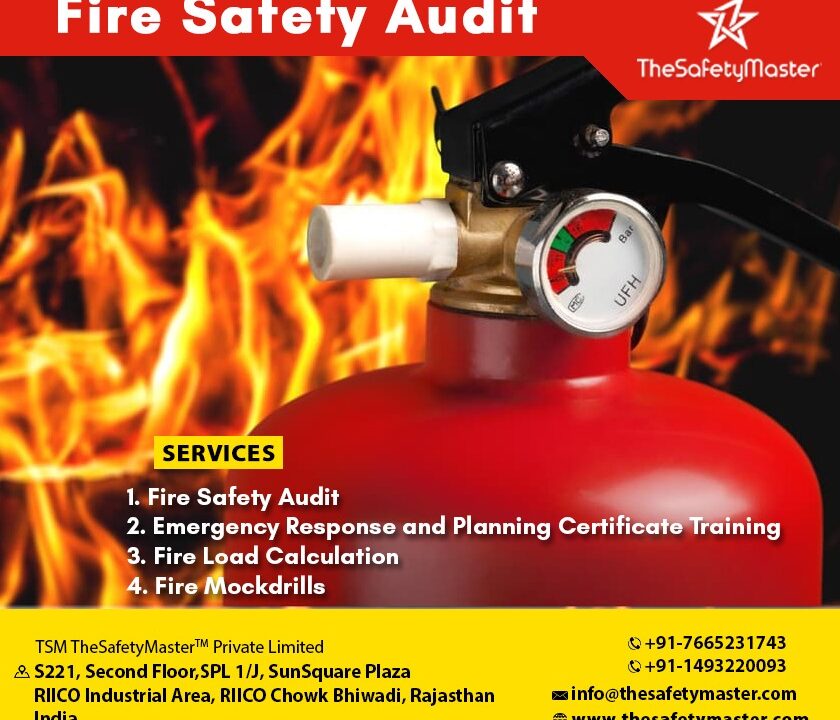Why Safety Reports are Crucial to Workplace Safety

Navigating the Complex World of Fire Audits: Tips from a Fire Safety Consultant
May 25, 2023
Hazardous Waste Management Audit
May 26, 2023Why Safety Reports are Crucial to Workplace Safety
Every year, workplace accidents and injuries cost companies millions of dollars in lost productivity, compensation claims, and legal fees. Ensuring the safety of employees should be a top priority for any business owner or manager. However, many organizations underestimate the importance of safety reports in achieving this goal.
In this article, we will explore why safety reports are crucial to workplace safety and what steps businesses can take to create effective safety reporting processes. You can expect to learn about the consequences of failing to complete safety reports, tips for identifying and addressing safety hazards, incorporating technology into your reporting processes, and more. By the end of this article, you will have a better understanding of how to use safety reports to create a safer workplace environment for yourself and your employees.
The Importance of Workplace Safety
Workplace safety should be a top priority for all businesses, regardless of industry or size. It not only protects employees from harm, but it also helps to prevent costly accidents and lawsuits that could have a significant impact on the company’s bottom line.
Providing a safe work environment shows that you value your employees and their well-being, which can help to increase morale and job satisfaction. A positive work culture that prioritizes safety can lead to improved productivity, fewer absences due to injury, and overall success in achieving business goals.
The Role of Safety Reports in Workplace Safety
When it comes to workplace safety, safety reports play a crucial role in identifying and mitigating potential hazards. These reports are designed to track incidents, injuries, and near-misses, as well as identify trends that could indicate broader issues within the workplace. By regularly reviewing safety reports, employers can gain valuable insights into the state of workplace safety and take proactive steps to address any concerns.
One key benefit of safety reports is that they help employers identify areas where additional training or resources may be needed. For example, if a particular department has a higher rate of accidents than others, this could indicate that more targeted training or equipment upgrades are necessary. Safety reports can also help employers track progress over time, monitor the effectiveness of safety programs or initiatives and ensure compliance with regulatory requirements.
The Consequences of Failing to Complete Safety Reports
Ignoring safety reports can have serious consequences for your workplace, employees, and customers. In the event of an accident or injury, failing to complete a safety report can make it difficult to determine the cause and prevent it from happening again in the future. This not only puts employees and customers at risk but also opens the company up to potential legal liability.
Furthermore, failing to track safety incidents over time can lead to increased costs associated with accidents and injuries. Without accurate data on safety incidents, it becomes impossible to make informed decisions about how to allocate resources towards improving workplace safety. Over time, this can result in higher insurance premiums, workers’ compensation claims, and lost productivity due to employee injuries.
How to Create Effective Safety Reports
Safety reports are essential for identifying and mitigating workplace hazards, but creating effective reports can be a daunting task. To create reports that are actionable, informative, and easy to understand, it is important to follow these key steps:
- Identify the Purpose of the Report: Before starting your report, identify its purpose. Is it intended to inform your team of potential hazards? Or is its aim to document safety measures already in place? By understanding the purpose of your report, you can tailor its content and language accordingly.
- Gather Relevant Information: Effective safety reports rely on accurate and complete information. Collect data through observations, interviews with employees or subject matter experts, and review of relevant documentation. Ensure that all information collected is factual and objective.
- Create a Clear Structure: Organize your report in a logical manner that guides the reader through its contents. Use headings and subheadings to break up large sections of text into manageable pieces.
- Use Clear Language: Your safety report should be written in plain language that is easy for all readers to understand. Avoid technical jargon or acronyms that may be unfamiliar to some readers.
- Include Detailed Recommendations: To make your report actionable, include specific recommendations for addressing identified hazards or improving current safety measures.
- Create an Executive Summary: An executive summary provides a high-level overview of the report’s contents and recommendations. It should summarize key findings
One of the key components of safety reporting is identifying and addressing potential hazards in the workplace. This process involves conducting a thorough review of all areas of the workplace to identify any potential sources of danger or risk. It is important to take a proactive approach to identifying hazards, rather than waiting for an accident or incident to occur.
Once potential hazards have been identified, it is important to take appropriate action to address them. This may involve implementing new safety procedures, providing additional training to employees, or even making physical modifications to the work environment. By taking a proactive approach and addressing potential hazards before they become actual incidents, you can create a safer workplace for everyone.
In order to effectively identify and address safety hazards, it is important that all employees are trained in hazard identification and reporting processes. This can help ensure that any potential issues are identified quickly and addressed before they become serious problems. Additionally, establishing an open communication culture in which employees feel comfortable reporting any safety concerns can also be very beneficial for preventing accidents or injuries in the workplace.
Services offered by TSM TheSafetyMaster Private Limited
TSM TheSafetyMaster® Private Limited
Unit No 221-451-452, SPL1/J, 2nd Floor, Sunsquare Plaza Complex, RIICO Chowk, Bhiwadi 301019, Rajasthan, India
Phone: +91 1493 22 0093/+91-124-4881109
Mobile: +91 7665231743/9413882016
Email: info@thesafetymaster.com




